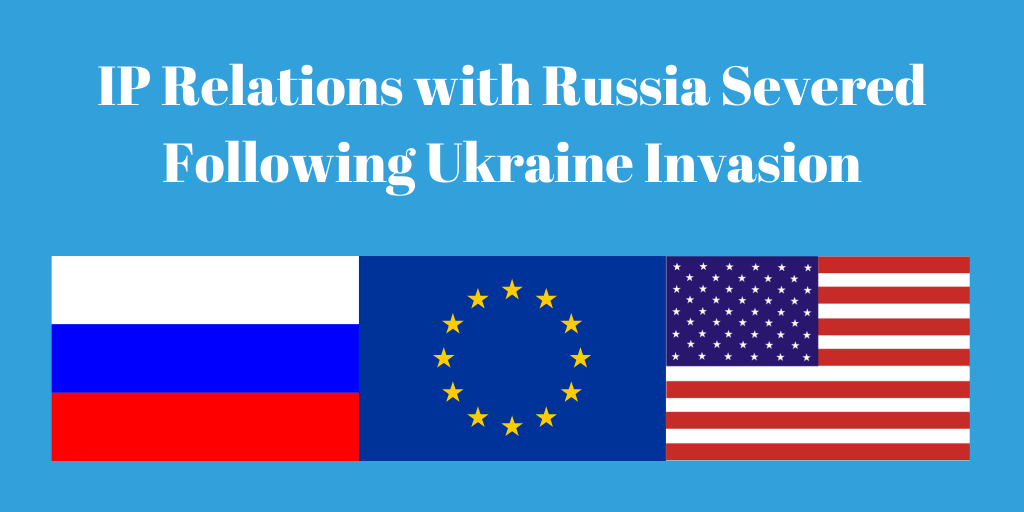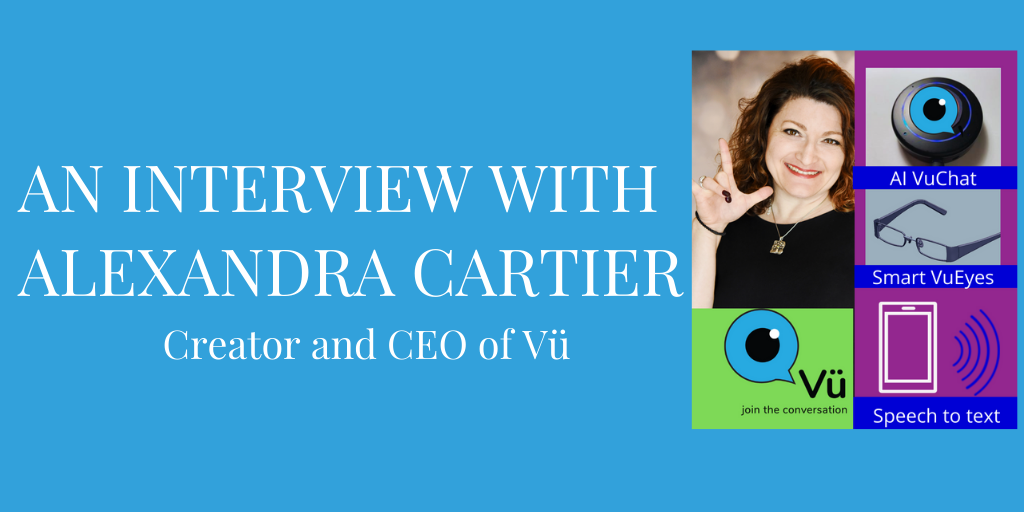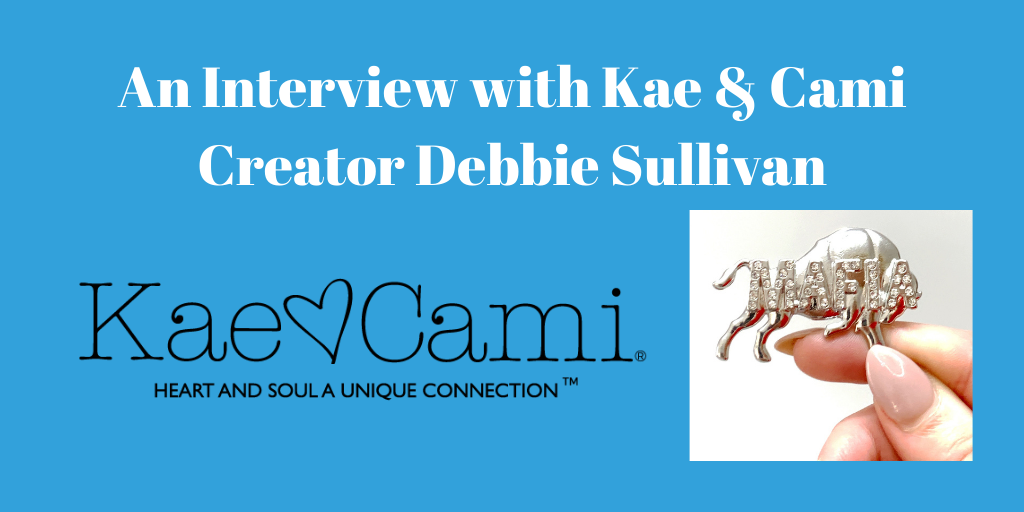More Patented Toys Pt. 3
In Spirit of the Toy Story 4 movie and all great toys alike, we will be looking at some famous toys and their patents. Let’s dive straight in.
Mr. Potato Head or Talking Toy with Attachable Encoded Appendages (US 6,257,948)
Mr. Potato Head has been part of the Toy Story franchise since the beginning. But did you know there is a patent covering a toy that looks similar to Mr. Potato Head seen in the Toy Story movies? Moreover, the patent discloses some pretty cool facts about the toy. For one, the toy covered in the patent can talk just like its movie counterpart. Another cool fact is that the toy uses “electrically conductive ferromagnetic hemispherical contact,” microprocessors and other parts to “emits entertaining sounds and lights for a user.” Although the toy in the patent can talk, the question as to whether the Mr. Potato Heads you buy in stores are sentient is another matter.
Click here to read the entire Mr. Potato Head patent.
Slinky Dog or Spring Animated Toy Figure (US 5,626,505)
Slinky dog was another memorable character in Toy Story. But did you know that one of the reasons why he was invented was to be a safer toy and as a way to resist disconnection when used? The background of the invention specifically states that there was a need to “provide a connection which not only contains the end portions of the spring, but which also provides a connection which resists disconnection in the normal course of usage.” A cool fact for a cool toy.
Click here to read the entire Slinky Dog patent.
The next couple toys may not have necessarily been in the Toy Story Franchise, but they’re awesome nonetheless.
Rubik’s Cube or Manipulable Puzzle Cube (USD 495,378)
Another popular toy is the Rubik’s Cube, which is both fun and mentally stimulating. However, the patent covering this toy is design patent, which means it is more geared towards protecting ornamental features rather than a function. The Rubik’s Cube comes in various shapes and sizes. Some variants of the Rubik’s Cube now feature different shapes, such as period. Even more impressive was the fact that the Rubik’s Cube was inducted in the National Toy Hall of Fame (click here to read about the Rubik’s Cube induction to the Toy Hall of Fame).
Click here to read the entire Rubik’s Cube patent.
Nerf Gun or Toy Gun (USD 664,605)
Who doesn’t like a good Nerf fight? With the foam darts and hours of fun, there’s always a good time when Nerf guns are involved. But there isn’t just one type of Nerf gun, but several different types! There’s even a Nerf cross bow! One of the machine gun type Nerf guns are protected by design patent USD 664,605. Other types of Nerf guns may or may not be protected by other patents.
Click here to read the entire Nerf Gun patent.
Realistic Doll Head and Method therefor (US 6,099,378)
Doll heads are quite popular. You can brush their hair, style it, and apply make up onto them. Certain Doll Heads were covered by Patent No. US 6,099,378. The background of the invention purports that the invention provides “a ‘one-of-a-kind” doll head that is custom-made to look just like the face of a particular child.”
Click here to read the entire Doll Head patent.
More on toys and patents
As we can see from all these famous toys, toys can be patented! They can potentially qualify for either a utility patent or design patent! As mentioned above, utility patents and design patents will protect different things. A utility patent generally protects an invention that has some sort of use. More specifically, the United States and Trademark Office (“USPTO”) has stated that utility patents can be granted to “any new and useful process, machine, article of manufacture, or composition of matter, or any new and useful improvement thereof.” Design patents are more for ornamental designs. The USPTO specifically states that “a ‘utility patent’ protects the way an article is used and works, while a ‘design patent’ protects the way an article looks.
The requirements for a utility patent
Utility patents are an extremely strong form of protection for intellectual property. They allow the patent holder to exclude others from making, using, selling, offering for sale, or importing into the United States a device covered by the patent. But getting a utility patent is not easy. An invention has to satisfy several requirements before it is eligible for a patent. These requirements include novelty, non-obviousness, utility, and that the invention is patentable subject matter.
Click here to read more about utility patents.
Design Patents requirements
Design patents also have several requirements that need to be met. The design has to be new, original, and ornamental design.
Click here to read more about design patents.
Other conditions
There are several other conditions that need to be met before one can obtain a design or utility patent. Along with these conditions, there are also factors that need to be considered such as whether a novelty defeating event occurred, for example. A patent attorney can help ensure that an inventor or applicant meets all the necessary conditions for getting a patent while considering the relevant factors.
What are your thought’s on these famous patented toys? How about utility and design patents? Leave a comment below to let us know what you think!
Interested in more intellectual property? Here’s a video!
Get Started Today!
Does this article interest you? Subscribe to the LoTempio Law email newsletter to receive posts and updates just like this conveniently in your email box!
If you’ve enjoyed this blog post, we have lots more where this came from, including an Inventors Guide Video Series where we help you turn your good idea into a profitable invention, and tons of other great content. Simply enter your email address and hit sign up and you’ll get everything, including blog posts like these, conveniently in your email box!
Have any questions? Give us a call at 1-800-866-0039. Consultations are FREE.
Disclaimer: This article is not intended to be legal advice and is meant to be for educational or entertainment purposes only. Please do not use the article or contents of the article without permission. For legal advice and questions, please contact registered Patent Attorney Vincent LoTempio.




